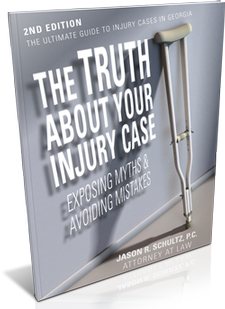3) Avoid Driving After Dark
If possible, drive during daylight hours. If you must drive at night, make sure your headlights are in good working order and your windshield is clean. Additionally, always wear any necessary prescription eyeglasses while driving after dark to help compensate for low visibility after dark.
If you are having trouble seeing on a darker road, drive slower.
4) Look for Pedestrians Everywhere, Not Just at Crosswalks
According to National Highway Traffic Safety Administration (NHTSA), 71 percent of pedestrian fatalities in 2014 occurred outside of intersections.
Never assume pedestrians only cross at crosswalks; always scan the area for jaywalkers.
5) Pay Extra Attention While Backing Up
Pedestrian accidents commonly occur when drivers are backing up in parking lots or out of driveways. Before putting your car in reverse, check your rearview mirror and both side mirrors. Back up slowly and be prepared to stop if a pedestrian walks behind your car.
6) Never Assume You Know What a Pedestrian Will Do
You should always expect the unexpected. If you see a pedestrian standing on the sidewalk waiting for a walk signal, do not assume that the pedestrian will remain there until s/he has the right-of-way. Take the same approach when dealing with pedestrians outside of crosswalks as well.
You should also never assume that a pedestrian will get out of your way in time to avoid an accident. S/he might have limited mobility or s/he might be distracted. If you see a pedestrian crossing (regardless of whether you have the right-of-way), stop and let him/her cross.
7) Make Sure You Know Pedestrian Right-of-Way Laws
Read up on pedestrian right-of-way laws. By knowing who has the right of way and when, you can help avoid a deadly accident.
For more tips on driving safely, remember to read through our blog. And if you or a loved one needs legal assistance after a pedestrian accident, contact the Law Office of Jason R. Schultz, P.C. at 404-474-0804 to set up your free initial consultation today.


